A massive trillion ton iceberg measuring at least 5,800 kilometers-in-length has broken off from Western Antartica. Likely to be named A68, the iceberg’s volume is twice as that of the Lake Erie.
Confirmed by the NASA’s Aqua MODIS satellite, a 1,000-foot thick block of ice broke away from the Larsen C Shelf (which is the fourth largest in Antarctica) between 10th-12th of July. Following the breakup of Larsen A in 1995 and Larsen B in 2002, Larsen C Shelf was closely monitored by the scientists of Melt on Ice Shelf Dynamics and Stability project (MIDAS) for years now and they have been observing significant advance in the rift in the Larsen C over the last 12 months.
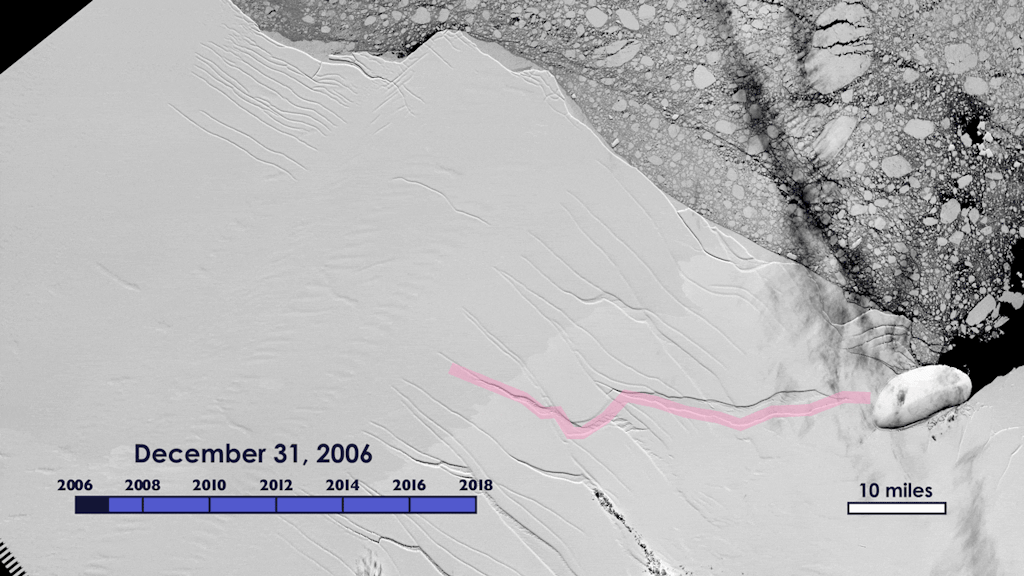
The large chunk of ice has been just hanging by the thread last month and as the Scientists examined the latest satellite data on Wednesday, they found that the trillion ton iceberg has fallen off the Larsen Shelf. As the iceberg was already floating before calving away completely, there will not be any sudden increase in the sea level. Which is a relief!
While this behavior of ice shelves is natural, what surprised the scientists was the ‘enormous size’ in which it happened. With the calving of this huge iceberg, the whole area of Larsen C Shelf has been reduced by 12% and the landscape of Antarctic Peninsula is changed forever.
We have been anticipating this event for months, and have been surprised how long it took for the rift to break through the final few kilometres of ice. We will continue to monitor both the impact of this calving event on the Larsen C Ice Shelf and the fate of this huge iceberg. – Adrian Luckman, lead investigator of the MIDAS project.
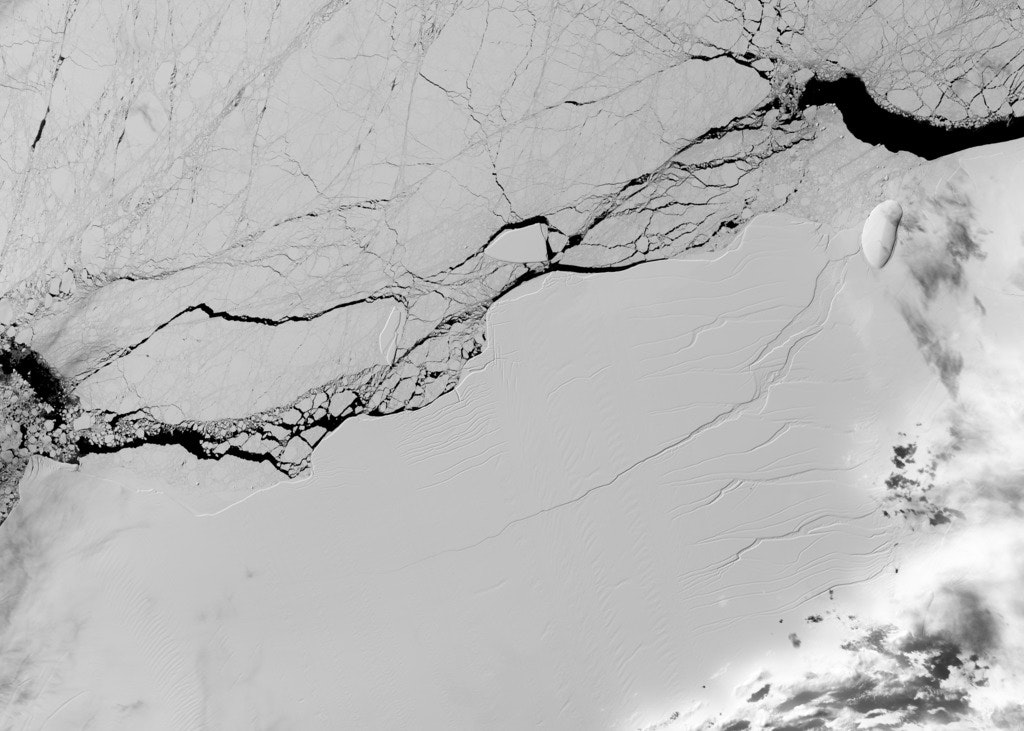
The iceberg which broke off is half the size of the largest ever recorded iceberg – B15. Over time the ice sheet will regrow and will give birth to a new iceberg. But, here’s the catch. Previously shown by the Swansea researchers, the regrown iceberg has more chances of weakening the new configuration, thereby unsettling the whole region. This might lead to a massive disintegration, like that of Larsen B in 2002 eventually impacting the sea level. But, for such an event to happen, it would take decades.
In the ensuing months and years, the ice shelf could either gradually regrow, or may suffer further calving events which may eventually lead to collapse – opinions in the scientific community are divided. Our models say it will be less stable, but any future collapse remains years or decades away. – Adrian Luckman, lead investigator of the MIDAS project.
Scientists are still not sure if the reason for the collapse is because of human-induced climate change.
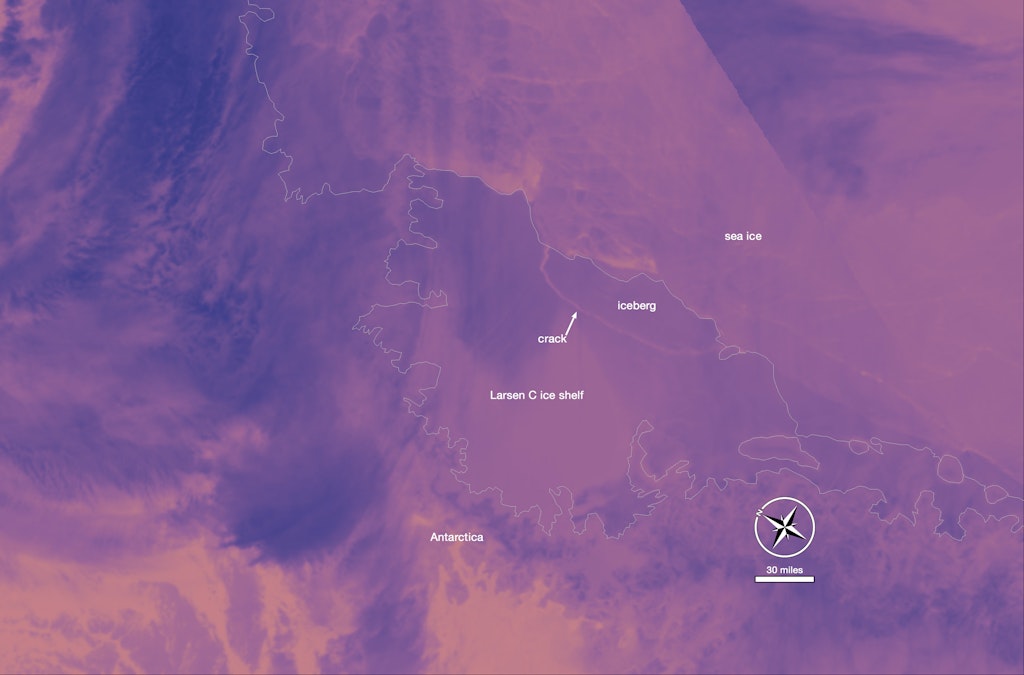
Adding to the alarming rate of global warming and the rapid increase in the temperature, the massive Antartica Iceberg break questions us about the uncertainty of the future and what it may hold for the human race.
Also, make sure you visit these 8 Islands before they vanish
Related Itineraries
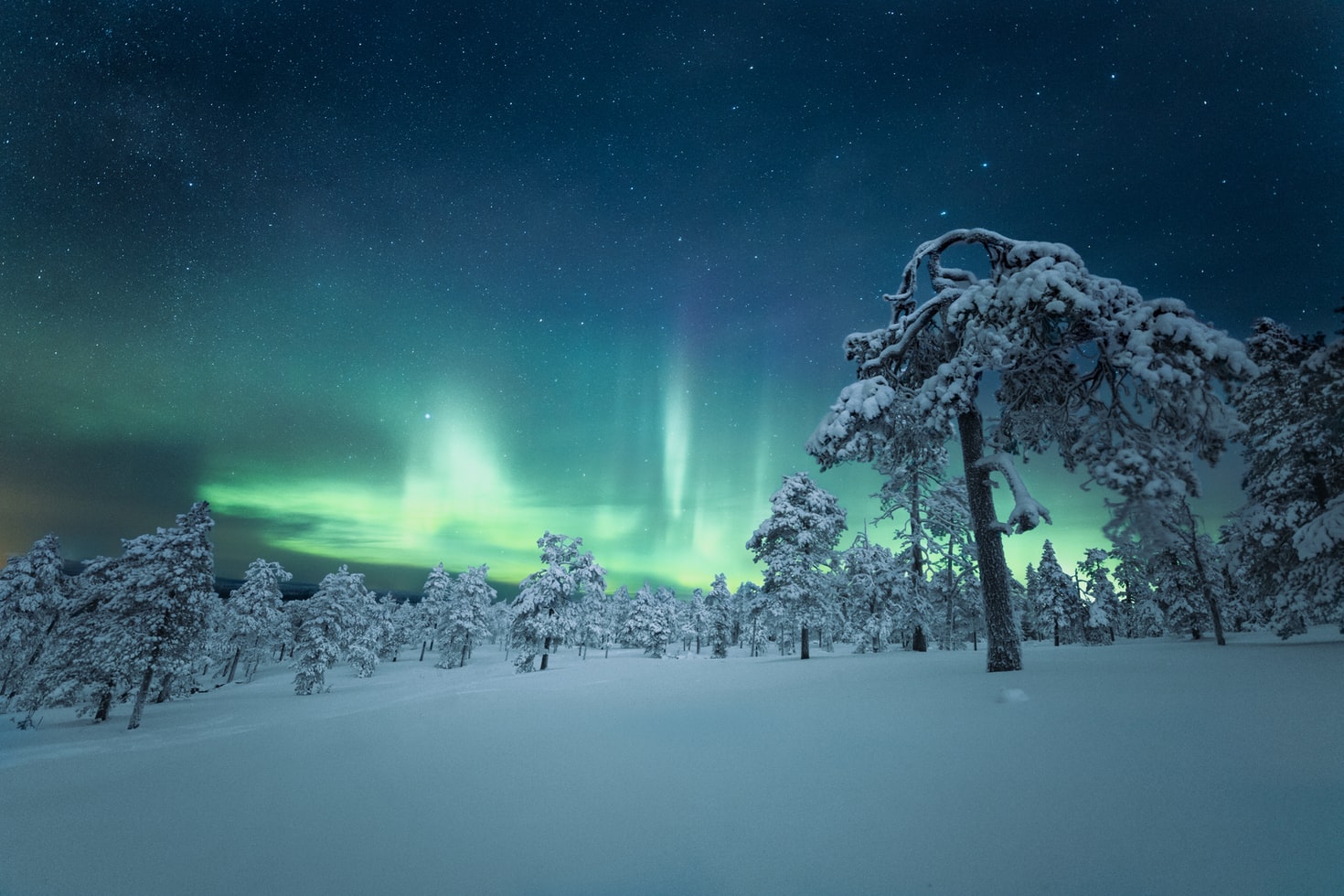
Stunning 6 Nights Northern Lights Packages
- Flights excluded
- 4 star accommodations
- 3 activities
- Transfers excluded
₹ 64,954
Starting price/person
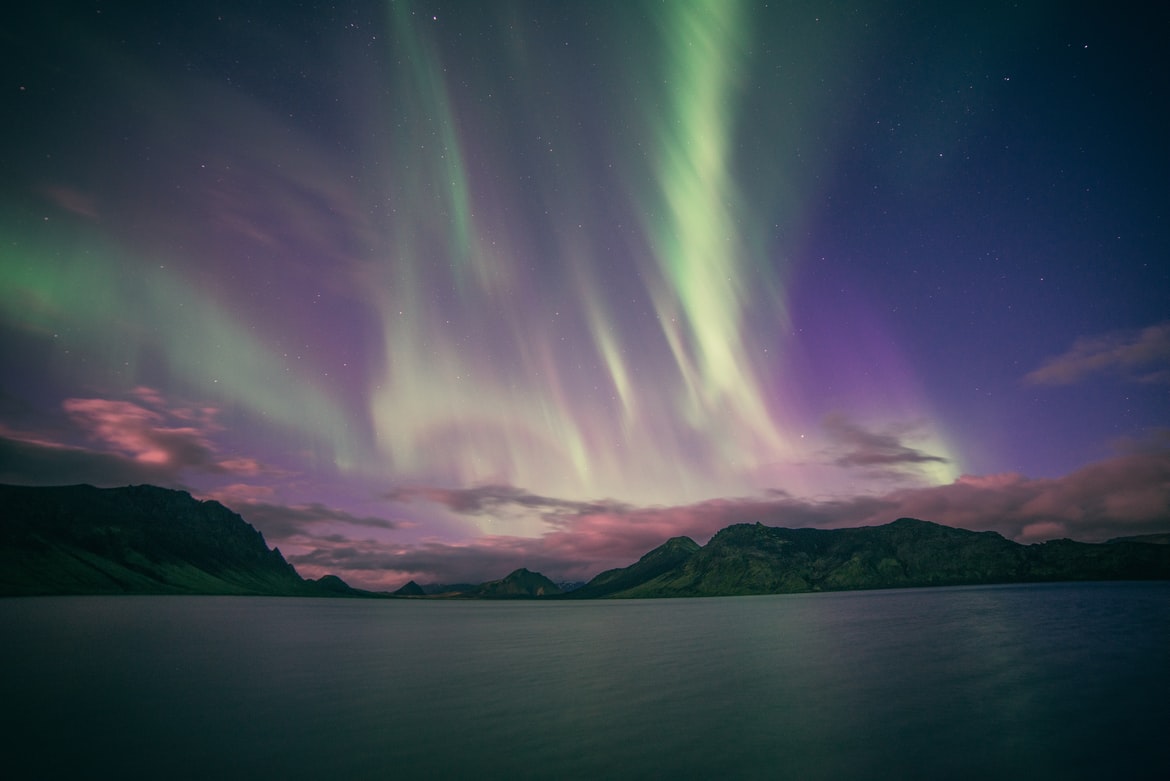
Fantastic 6 Nights Finland Northern Lights Tour Package
- Flights excluded
- 4 star accommodations
- 2 activities
- Shared transfer
₹ 69,369
Starting price/person

Beautiful 10 Nights Italy Honeymoon Package
- Flights included
- 4 star accommodations
- 9 activities
- Private transfer
₹ 1,32,869
Starting price/person

Ideal 6 day Switzerland Tour Packages for Family
- Flights included
- 3 star accommodations
- 3 activities
- Shared transfer
₹ 99,112
Starting price/person

Romantic 8 Nights Bali and Vietnam Honeymoon Packages
- Flights included
- 4 star accommodations
- 6 activities
- Shared transfer
₹ 99,947
Starting price/person

Gorgeous 9 Nights Singapore Bali Honeymoon Packages
- Flights excluded
- 4.5 star accommodations
- 6 activities
- Shared transfer
₹ 90,953
Starting price/person

Magical 9 Nights Germany Vacation Packages
- Flights excluded
- 4.5 star accommodations
- 8 activities
- Private transfer
₹ 79,832
Starting price/person

Scenic 10 Nights Greece & Turkey Vacation Packages
- Flights excluded
- 5 star accommodations
- 6 activities
- Shared transfer
₹ 60,718
Starting price/person

Magical 7 Nights Croatia Tour Packages
- Flights excluded
- 4 star accommodations
- 10 activities
- Shared transfer
₹ 57,778
Starting price/person
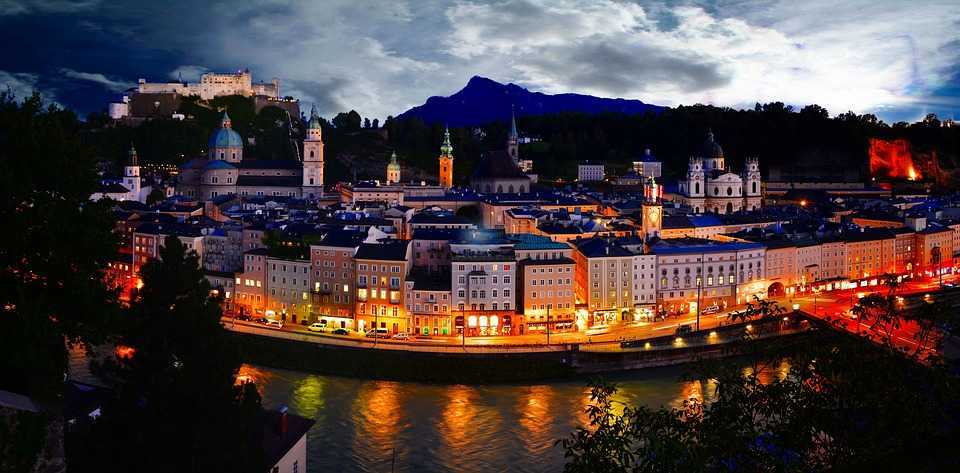
Beautiful 10 Nights Amsterdam Tour Package
- Flights excluded
- 4 star accommodations
- 8 activities
- Private transfer
₹ 1,84,115
Starting price/person


